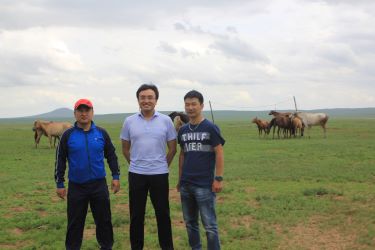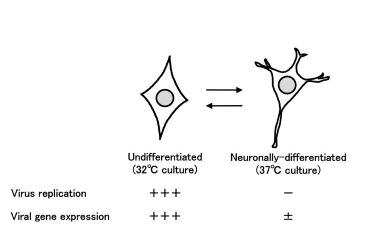- Home
- Social Action
- ★One Health Relay Report #21★
About "Glanders"

Profile #21: Dr. KIMURA Takashi, Professor
Laboratory of Comparative Pathology,
Department of Clinical Sciences, Faculty of Veterinary Medicine
【Research Topics】
・Conducting epidemiological surveys and developing rapid diagnostic methods for glanders in Mongolia
・Pathogenesis of equine herpesvirus-1 infection
~Glanders~
Glanders, caused by the gram-negative bacterium Burkholderia mallei, is a highly infectious zoonotic disease of solipeds causing severe disease in animals and human. It recently re-emerged*1 in Asia, the Middle-East, Africa, and South America. There is also an increasing incidence of glanders in Mongolia, in which the livestock sector is one of the country’s key industries. It has been recognized that the majority of horses infected with B. mallei do not show apparent clinical symptoms, and they act as a source of disease dissemination to naïve horses and potentially to humans. Our laboratory aims to develop fast, sensitive and accurate molecular/serodiagnostic methods which enable to identify the inapparently infected horses*2. Implementation of the newly developed methods is expected to improve both animal hygiene and public health in Mongolia and other countries potentially endemic for glanders. The project's introductory video is now on YouTube.
https://www.youtube.com/watch?v=EJO9OYE_zzU
Other research subjects in our laboratory include unveiling the molecular pathogenesis of various animal diseases such as equine herpesvirus-1 infection. Necropsy of companion animals, farm animals, zoo animals and wild animals is also our laboratory’s important activity.
*1Re-emerging infectious diseases are those due to the reappearance and increase of infections which are known but had formerly fallen to levels so low that they were no longer considered a public health problem.
*2Inapparently infected horses are those being infected with pathogens but nearly or completely asymptomatic (no signs or symptoms) ones.

Epidemiological survey of equine glanders on Mongolian steppe

in vitro model for equine herpesvirus-1 (EHV-1) infection using neuronal cell line
Like other herpesviruses, equine herpesvirus-1 (EHV-1) establishes latent infection in neurons.
It is considered that the expression of viral genes is suppressed in neurons latently infected with EHV-1,
and we are analyzing the mechanisms using a cultured cell model.
